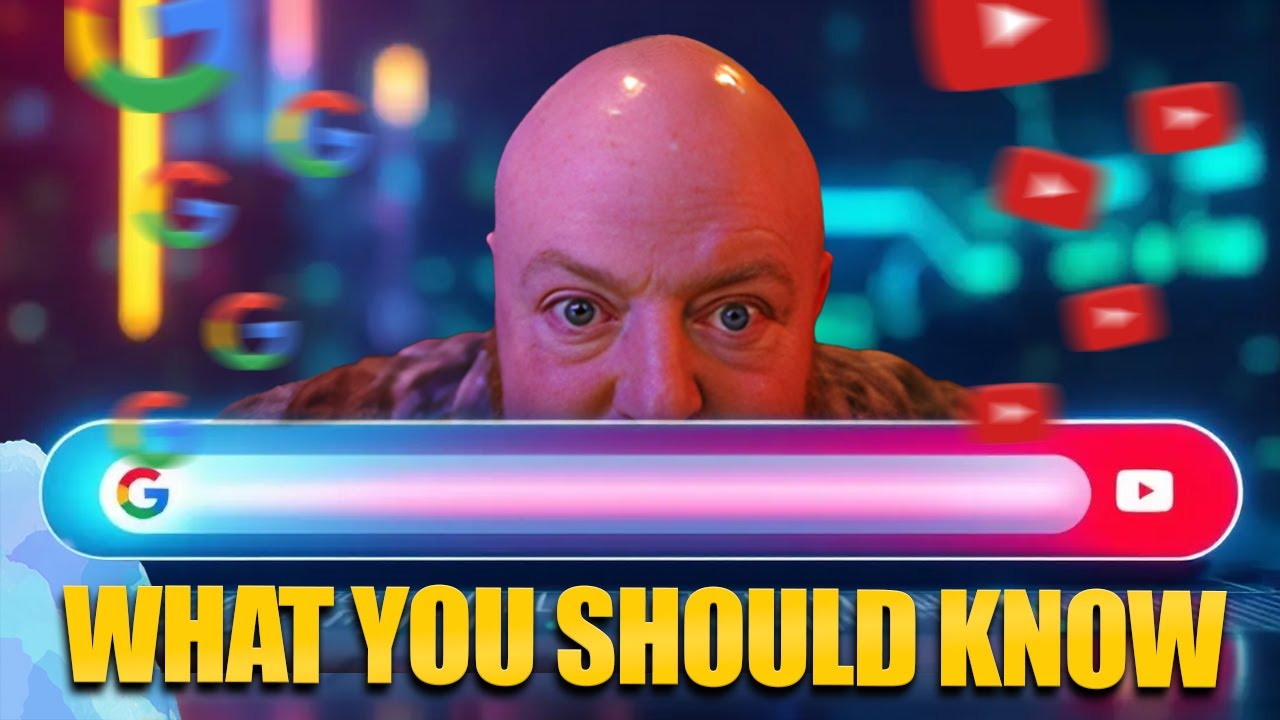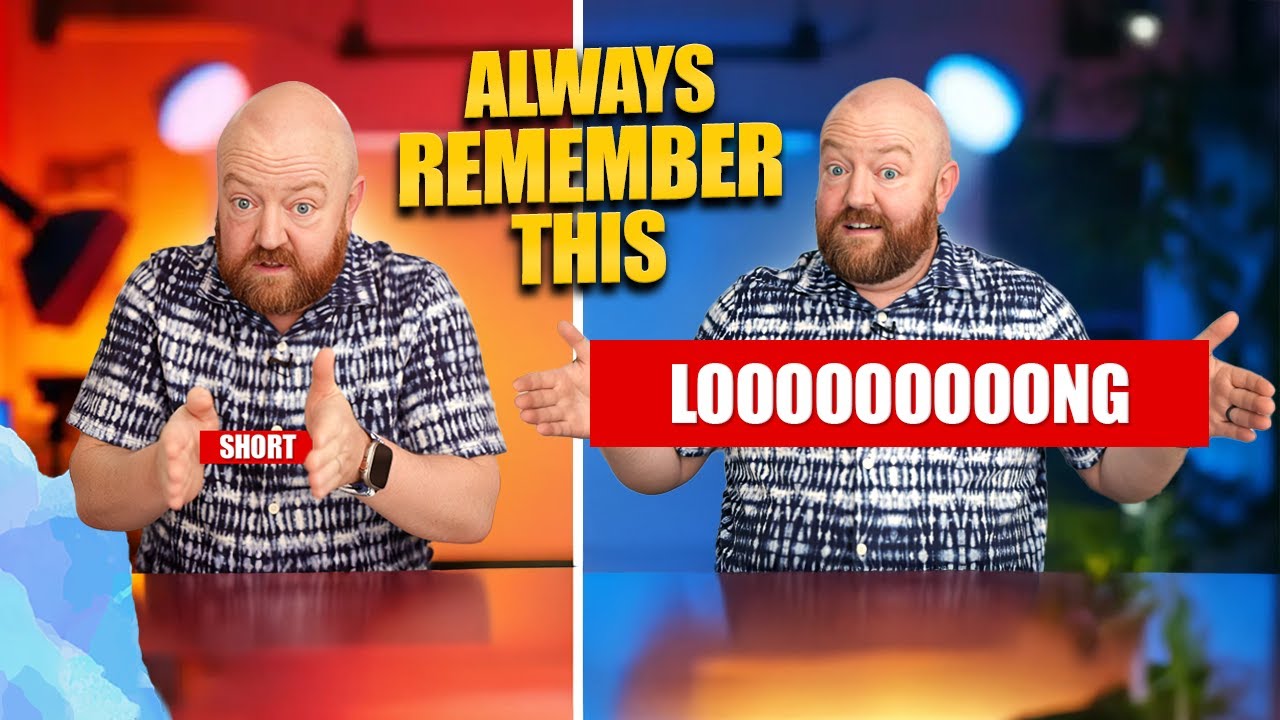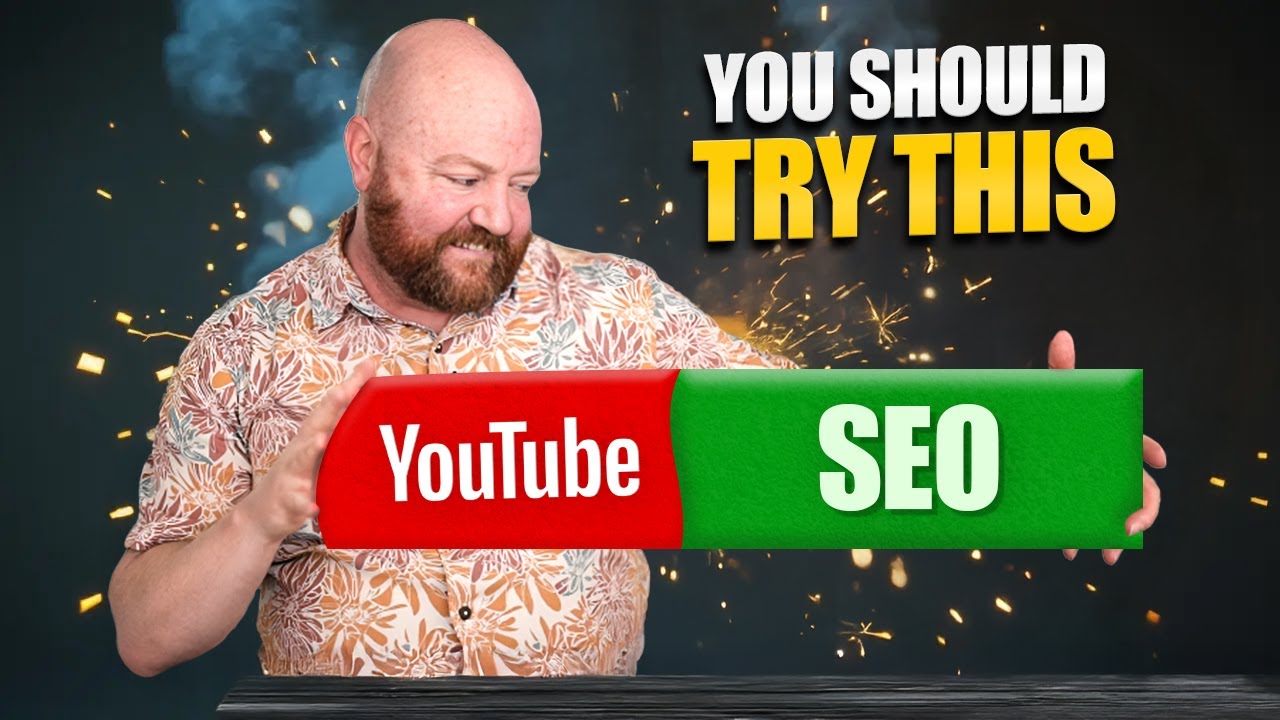Are you tirelessly posting content on social media, hoping it will magically translate into business growth? You’re not alone. Many mistake activity for effective marketing. In this video, we’re dissecting why simply posting isn’t marketing and revealing powerful strategies to truly reach new customers on platforms like Facebook, LinkedIn, and especially YouTube.
Nurturing vs. Marketing: Knowing the Difference
Let’s get one thing straight: posting to your existing followers – friends on Facebook, email subscribers, or YouTube subscribers – is primarily nurturing. You’re staying top-of-mind and strengthening relationships with people who already know you. While crucial, nurturing isn’t the same as marketing, which is all about getting your content in front of a brand new audience – people who’ve never heard of you before.
There are two main avenues for true marketing:
- Paid Ads: Utilizing platforms like Facebook, LinkedIn, and YouTube to display your content to targeted new audiences.
- Search: Creating content that directly answers specific questions your target audience is actively searching for on platforms like Google and YouTube.
Platform Breakdown: Where to Focus Your Efforts
- Facebook: Primarily a social network built around friends. Organic reach beyond your network relies on shares, which are often unpredictable and don’t always lead to business growth. Paid advertising seems to be the dominant marketing strategy here.
- LinkedIn: Offers an ad platform, but it’s often reported as significantly more expensive. While direct messaging potential leads was once a viable strategy, restrictions have drastically reduced its effectiveness.
- Podcasts: Excellent for building deep connections, but lack a centralized search or promotion engine, making organic discovery and rapid lead generation challenging.
- Email: Primarily a nurturing tool, as you’re communicating with your existing subscriber list. While emails can be sales-focused, the initial reach isn’t marketing to a new audience.
- TikTok: While popular, it’s often not the best platform for direct lead generation.
- Google: While traditionally a primary ad platform, organic ranking, especially through YouTube content, is becoming increasingly powerful and accessible.
The Power of YouTube for Marketing (and Why Most Get It Wrong)
YouTube holds significant advantages for marketing due to its strong search capabilities (as the second largest search engine, owned by Google). However, many approach YouTube with outdated SEO tactics.
SEO Has Changed: Think Questions, Not Just Keywords
Traditional website SEO involved building complex networks of backlinks to rank for short keywords. Modern SEO, especially on YouTube, is different. The key is to identify the specific, long-tail questions your target audience is asking and create video content that directly answers those questions.
Correcting Outdated YouTube SEO Advice:
- Don’t focus on short keywords: Forget one, two, or even five-word keywords. Aim for long-tail “leaf titles” – eight, nine, or ten-word (or longer) specific questions.
- Don’t rely on broken SEO tools (like traditional TubeBuddy/VidIQ approaches): These tools often focus on outdated short-keyword strategies and their scoring systems can be misleading, not accurately reflecting true search ranking potential.
- Don’t optimize after filming: True YouTube SEO happens before you create your content. Find the high-volume, specific questions first, and then build your video around them.
Top Ranking Examples: The Proof is in the Search Results
By focusing on long-tail questions, you can achieve top rankings on YouTube, even with seemingly “low” SEO scores from traditional tools. Examples of ranking for specific questions like “how to discipline a child that lies and steals” and “how to become a construction project manager” demonstrate the power of this approach.
YouTube Domination: Tracking Your Progress the Right Way
Instead of relying on flawed tool scores, track your progress by identifying relevant long-tail questions and monitoring your video rankings for those specific searches. A simple “yes/starting/no” system can effectively illustrate your progress in dominating the search results for key audience questions.
Ready to truly market your business on YouTube? Watch my next video, “YouTube SEO Secret Strategy,” to learn the inside-out of this powerful approach.





